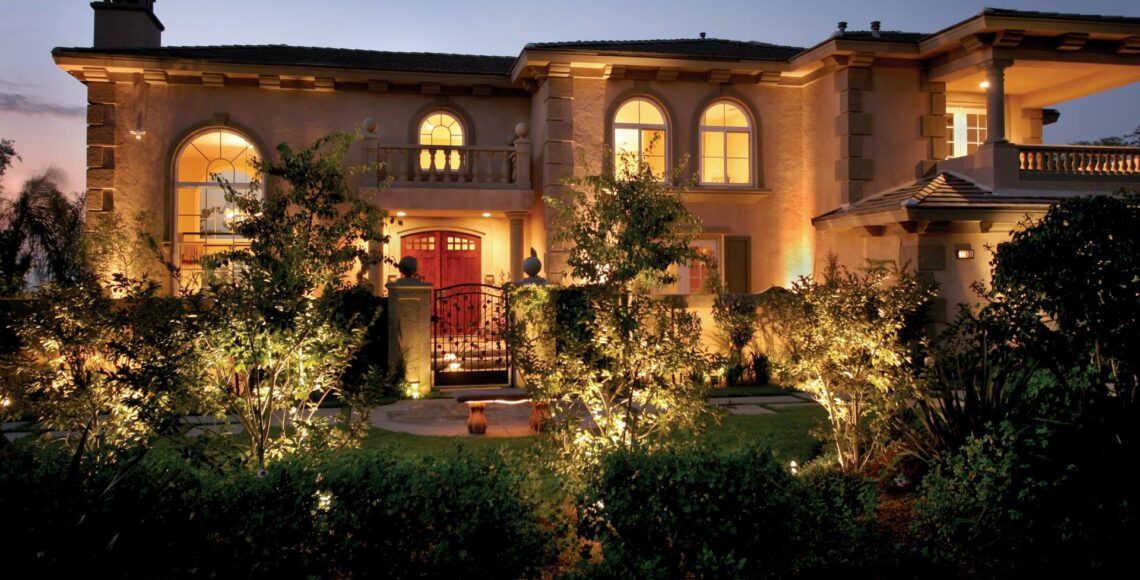Exterior Lighting Maintenance Tips
Exterior lighting enhances your home’s curb appeal at night and makes arriving home safer after dark. It’s welcoming and inviting to both you and your guests.
Properly placed outdoor lighting can also extend the time you’ll be able to enjoy outdoor living spaces year-round at your home in the San Diego area. To keep yours working at its best, you’ll want to perform regular lighting maintenance to keep your system in top shape.
Below we’ll discuss what you should be doing during your inspection.

